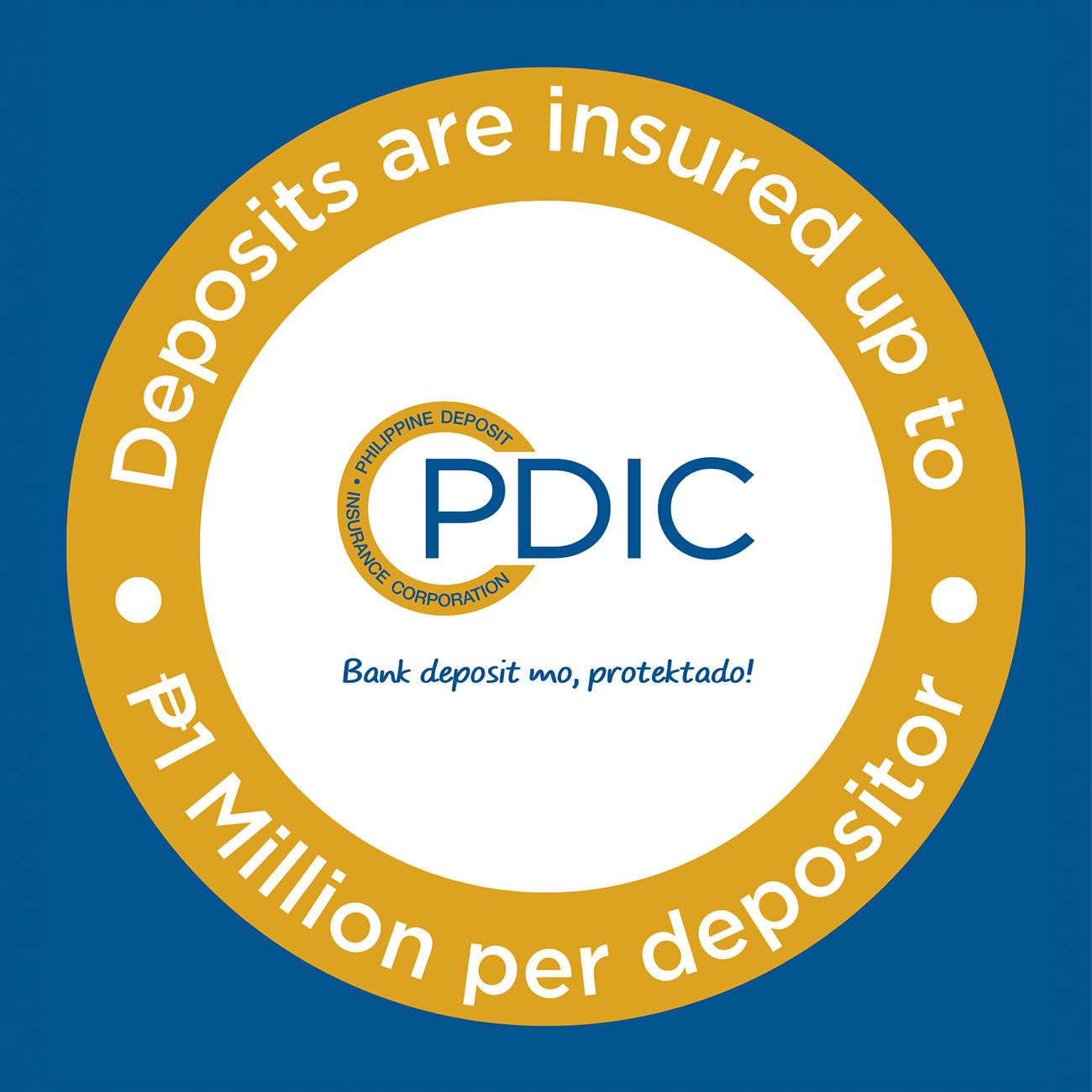When applying for a loan, two questions often come up: “How much should I put down up front?” and “How long should I take to pay it off?”
These decisions have a direct impact on your monthly payments, the total cost of your loan, and your overall financial flexibility. Knowing whether a higher down payment or a longer loan term will benefit you most can help you choose the right path for your financial goals.
For some borrowers, putting more money down up front is a solid strategy. It gives them peace of mind that they only need to pay a smaller remainder of the loan. But of course, there are trade-offs. Here are the pros and cons of a higher down payment:
Benefits of a Higher Down Payment
1. Lower Loan Balance
A bigger down payment means you’re borrowing less. This reduces the principal you’ll be paying interest on, which can significantly lower your overall cost. For example, saving up for a house down payment is a big commitment. While it might require a large amount upfront, you’ll pay less overall and finish repayment sooner.
2. Lower Interest Rates
A bigger down payment reduces the lender’s risk, which can translate into more favorable loan terms for you. Many lenders reward low-risk borrowers with reduced interest rates, helping you save significantly over time. Even a small drop in your rate can mean thousands in long-term savings.
3. Smaller Monthly Payments
Lowering the loan amount through a larger down payment means smaller monthly payments. This frees up more of your income for other expenses, savings, or investments. It also gives you greater flexibility to manage your budget without feeling financially stretched each month.
4. Instant Equity
A substantial down payment instantly boosts the equity you hold in your home or asset. This provides greater financial security and flexibility if you choose to refinance, sell, or borrow against the property in the future. Equity also acts as a buffer against market fluctuations in value.
5. Improved Chances for Loan Approval
A significant down payment demonstrates financial discipline, stability, and commitment, making you more attractive to lenders. This can increase your eligibility for various loan services and give you an advantage over other applicants.
Downsides of a Higher Downpayment
1. Requires Higher Upfront Cash
Saving for a larger down payment can be challenging, especially with everyday expenses and unexpected bills. It’s important to remember that building savings takes time, and smaller, consistent contributions still bring you closer to your goal.
2. Opportunity Cost
The money you put toward a down payment could otherwise be invested, saved, or used for other needs. For those with limited funds, this trade-off can feel especially difficult. Weighing your priorities carefully helps ensure that your decision supports both your current comfort and long-term stability.
3. Reduced Liquidity
Placing a large portion of your savings into a home or bank car loan means having less cash available for emergencies or sudden opportunities. If a higher down payment feels like it would strain your finances, it’s okay to choose a balance that still leaves you with a safety cushion.
Benefits of a Longer Loan Term
1. Lower Monthly Payments
A longer loan term allows you to spread repayments into smaller, more manageable amounts. This gives you greater breathing room each month, making it easier to balance other financial priorities without feeling overburdened.
2. Flexible Budgeting
With lower monthly obligations, you gain the flexibility to allocate funds toward other financial goals. You can channel more resources into essentials, savings, investments, or emergencies. This approach makes it easier to maintain or improve your standard of living without jeopardizing loan repayment. savings, investments, or life’s meaningful experiences.
3. Opportunities to Explore Other Goals
Longer loan terms lower your monthly payments, freeing up cash for investments or purchases you might not be able to afford otherwise. If you're on a tight budget, this flexibility lets you seize opportunities earlier. For example, if you see owning a car as a necessity rather than a luxury, a longer loan term can help you make that down payment and get behind the wheel sooner.
4. Suitable for Financing Major Milestones
A longer loan term can be especially advantageous when financing major life milestones. For example, significant goals like purchasing a home or funding higher education often require substantial capital. Spreading payments over a longer period makes these high-value investments more affordable, sustainable, and easier to manage.
Downsides of a Longer Loan Term
1. Higher Total Interest
Some borrowers resort to a longer loan term to ease financial pressure in the present, but the extended repayment period increases the overall loan cost. While a longer loan term may lower your monthly payments, it also means you’ll be paying more in total interest over time. This happens because interest accumulates with each payment period.
2. Longer Debt Commitment
A longer loan means a more extended repayment period. It may take many years before you’re completely debt-free. If repayment is not managed well, it can cause stress and frustration. The key is to practice good financial habits consistently.
3. Potential for Penalties or Increased Fees
A longer loan term keeps your account open for more years, which means more time for potential changes in your financial situation that could trigger penalties or extra fees. Here’s an example: if you take out a 10-year home loan and run into financial trouble in year 7, a single missed payment could result in hefty late fees plus interest on the overdue amount.
4. Slow Equity Build-Up
With slower repayment of the principal, it can take longer to own a significant share of your asset. For example, with a no-down-payment auto loan on a long-term schedule, you could end up paying more in interest than the car’s original price if you’re not careful.
The argument between a higher down payment and a longer loan term can’t be defined by one clear-cut answer. One is not necessarily better than the other. It’s about finding the right fit for you.
Here are practical steps you can take to decide:
1. Assess Your Financial Readiness
The first step is to be honest about your financial situation. Look at your savings, emergency fund, and monthly income. Can you comfortably afford a bigger down payment without draining your reserves? What are your priorities? Is taking out a loan realistically possible now?
2. Consider Your Long-Term Plans
A house and a car are valuable assets with a great ROI. If you plan to live in that property or use the vehicle for a long time, the savings from a higher down payment may be worth it.
3. Run the Numbers
Understanding the full loan terms and setting up a repayment plan are crucial. Use loan calculators to compare different scenarios. A few thousand pesos difference can accumulate over the years.
4. Seek Professional Advice
Lenders and financial advisors can help tailor the structure of your loan to your goals. They can assess your overall financial situation, including your income stability, debt levels, credit score, and long-term objectives. This information allows them to explain trade-offs and provide guidance in choosing the option suited to your needs and repayment capability.
Choosing between a higher down payment and a longer loan term isn’t a one-size-fits-all decision. It’s a strategic choice that should align with your ambitions and lifestyle. The best loan option is the one that maximizes value, keeps your budget comfortable, and allows you to achieve bigger financial goals in the long run.
With careful planning and the right lender, you can finance your next big purchase in a way that feels both realistic and rewarding.

How to Pay Your Credit Card Bills Online

5 Key Terms in Your Credit Card Statement You Must Know



